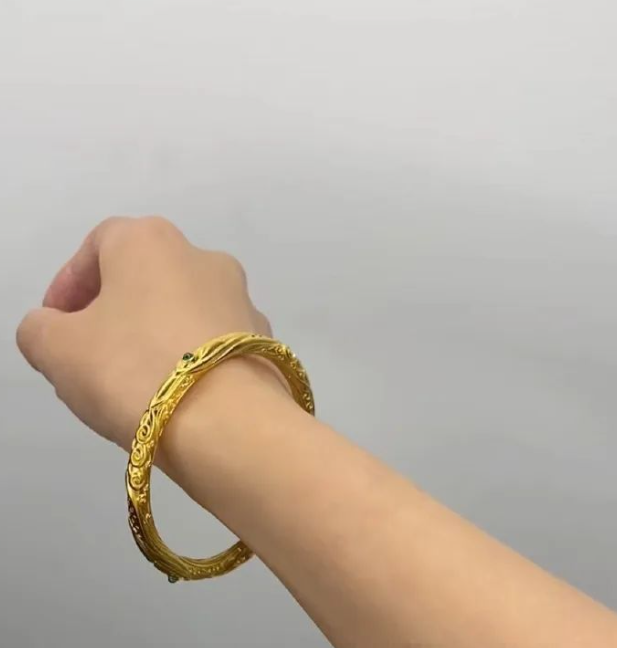
With Chinese animated film Ne Zha 2 breaking records with 9.2 bln yuan in box office, demand for Ne Zha-themed collectibles is through the roof. Factories are struggling to keep up with demand.
National Business Daily (NBD) notice that a network supermarket's Ne Zha-themed products sold more than 12 million yuan in just 10 days, with sales of figurines and blind boxes increasing more than 50 times year-on-year.
In Shanghai, Ne Zha merchandise has sold out in many stores, including cinemas and toy shops.
To meet the surging demand, a toy manufacturing company in Xiangtan, Hunan, has resumed production early, with over 500 workers returning to the factory on the fifth day of the Chinese New Year.
The company, which is the authorized manufacturer for the 3D plastic food toys related to "Ne Zha 2," has a monthly production capacity of 6 million to 8 million blind boxes. The company's chairman, Yang Jie, said that the Ne Zha-themed merchandise has become a new growth point for the company, with online sales exceeding 200 million yuan.
In addition to toy merchandise, Ne Zha-themed jewelry has also become a sensation. The "Gold-Plated" (gold-plated silver) version of Qianchun Circle (one of the weapons of Ne Zha) bracelet, inspired by the movie, has seen a surge in orders.

Photo/Screenshot
With gold prices rising, many consumers are turning to the more affordable "Gold-Plated" option. A jewelry factory in Shenzhen reported receiving over 400 orders for the bracelet in just one day. Workers are now working overtime, with some only getting four hours of sleep per day, to fulfill the orders. Customers are facing waiting times of up to 15 days for their orders to be processed.
The popularity of Ne Zha merchandise reflects the growing influence of domestic animation in China. As the movie's box office continues to soar, reaching over 9 billion yuan, its merchandise has become a cultural phenomenon, blending traditional Chinese mythology with modern consumer culture.
The success of Ne Zha merchandise not only highlights the commercial potential of domestic IPs but also shows the increasing demand for culturally relevant products among consumers.


 川公网安备 51019002001991号
川公网安备 51019002001991号





